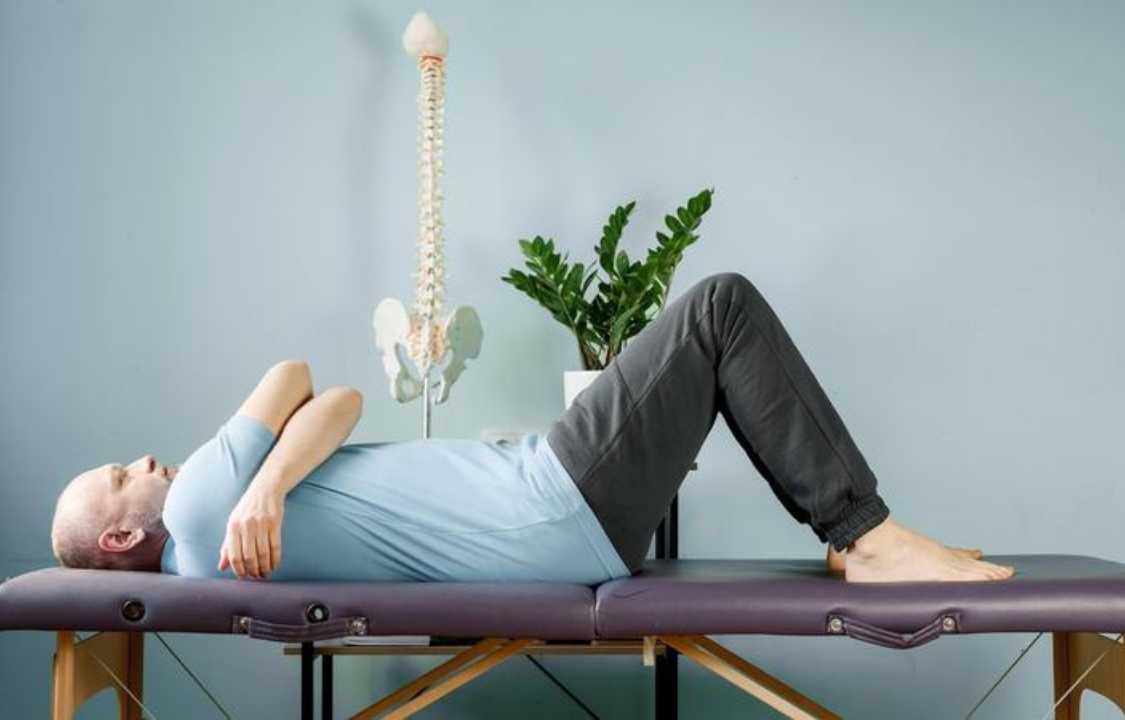Health Benefits, Health Care
The Alexander Technique can help you (literally) unwind
Frederick Matthias Alexander, a Shakespearean actor in the 1890s, faced the perplexing issue of frequently losing his voice during performances. Determined to uncover the cause, he meticulously observed himself in multiple mirrors and identified a crucial pattern: intense muscle contractions in his upper body, particularly the neck, altered his posture just before speaking. Alexander hypothesized that this disrupted posture might be the root cause of his voice loss.
Remarkably, his hypothesis proved accurate. Through various movements that released muscle tension, he not only resolved his voice loss but also successfully changed the ingrained habit of contracting his neck. As he continued refining his methods, Alexander recognized their potential to enhance the health and well-being of others. These insights evolved into the Alexander Technique (AT), a practice that endures today.
How is the Alexander Technique used today?
Today, the Alexander Technique (AT) is recognized as a mental discipline that instructs individuals on releasing tension in the body and facilitating effortless and efficient movement. AT serves as a therapeutic approach for various conditions, ranging from musculoskeletal pain and repetitive strain injuries to issues like breathing difficulties, voice loss, and sleep disorders. Many professionals in the arts, including artists, musicians, dancers, singers, and actors, utilize AT to enhance their performance.
The fundamental goal of AT is to guide individuals in systematically unlearning maladaptive (negative) habits that manifest in aspects such as posture, sitting, eating, walking, or speaking. Instead, the technique aims to instill a renewed understanding of how to return the body to a state of relaxed, balanced alignment and poise.
Is AT for you?
Even if you’re not a musician or dancer, the Alexander Technique (AT) can offer valuable benefits. Consider this scenario: like many of us in the modern world, you likely spend a significant amount of time on a computer or checking your smartphone for emails and texts. This often involves looking down, contrary to the natural alignment of your vertebrae designed to support your head. Prolonged periods of keeping your head bent down impose continuous strain on the large neck muscles, which are ideally meant to remain lax. Conversely, the small neck muscles responsible for supporting the neck vertebrae are underutilized and become lax. This can result in neck stiffness or pain and, potentially, degeneration in the cervical spine.
AT provides a solution to this habitual contraction of the neck. It can teach you how to hold your phone, adjust the position of your head, and, ultimately, re-establish better posture and ease in your body.
Is there science to support AT?
Indeed, recent research supports the effectiveness of Alexander Technique (AT) in managing pain. A randomized controlled study published in the Annals of Internal Medicine revealed that Alexander Technique lessons led to significant reductions in neck pain over 12 months when compared with usual care. Intriguingly, the study also found that acupuncture demonstrated pain reduction compared with usual care.
In another study from 2008, published in the BMJ, various treatments for back pain were tested. Participants with chronic or recurrent low back pain were divided into four groups. The first received normal care (control group), the second received massages, the third took six Alexander Technique lessons, and the fourth took 24 Alexander Technique lessons. Each group also received a prescription for exercise, primarily walking, from a doctor, along with behavioral counseling from a nurse. The results indicated that patients who had Alexander Technique lessons, combined with an exercise plan, showed the most improvement. Moreover, this combined intervention was found to be the most cost-effective, particularly when taking six lessons along with an exercise plan.
What does this mean for you?
Advocates of the Alexander Technique emphasize the importance of paying attention to your body and posture. Whether you’re walking, talking, sitting, standing, or engaging in any activity, it’s crucial to be mindful of your posture. For many individuals, habitual muscle tension patterns may contribute to various issues such as back pain, headaches, and potentially even anxiety. Learning to unlearn these ingrained patterns through the Alexander Technique can offer a path to moving through life with greater ease and reduced pain.
If you’re intrigued by the Alexander Technique and interested in lessons, you can explore resources from the American Society for the Alexander Technique to help you find a qualified instructor.

